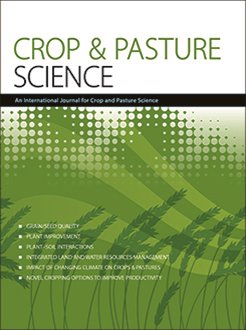Context Using forage grass species with complementary growth and resource-use strategies to enhance forage plant diversity in pastures may be an alternative to traditional monocultures in tropical regions.
Aims This study aimed to determine whether a mixture of three perennial tropical forage grasses (Andropogon gayanus cv. Planaltina, Panicum maximum cv. Massai, and Brachiaria brizantha cv. BRS Piatã) could be an alternative to enhance herbage intake rates relative to their respective monocultures.
Methods The treatments corresponded to three perennial tropical forage grasses cultivated as monocultures and as a mixture composed of all three species. Defoliation management corresponded to a pre-cutting height of 35 cm and post-cutting height of 17.5 cm.
Key results The botanical composition of the mixture was dynamic throughout the experimental period, with variations in the proportion of species across seasons. The upper half of the canopy predominantly comprised leaves for all treatments. The canopy structure of the mixture allowed for greater herbage intake rates than monocultures during winter/early spring. Andropogon gambagrass showed lower herbage intake rates than the other treatments.
Conclusions The findings of this study indicate that it is possible to combine tropical forage grass species without compromising canopy structure and grazing animal responses, compared with single-species grass pastures.
Implications The selection of forage species for mixed pastures should consider their phenological cycle, growth, and resource-use strategies to achieve temporal complementarity and provide an optimal grazing environment for animals throughout the year.






